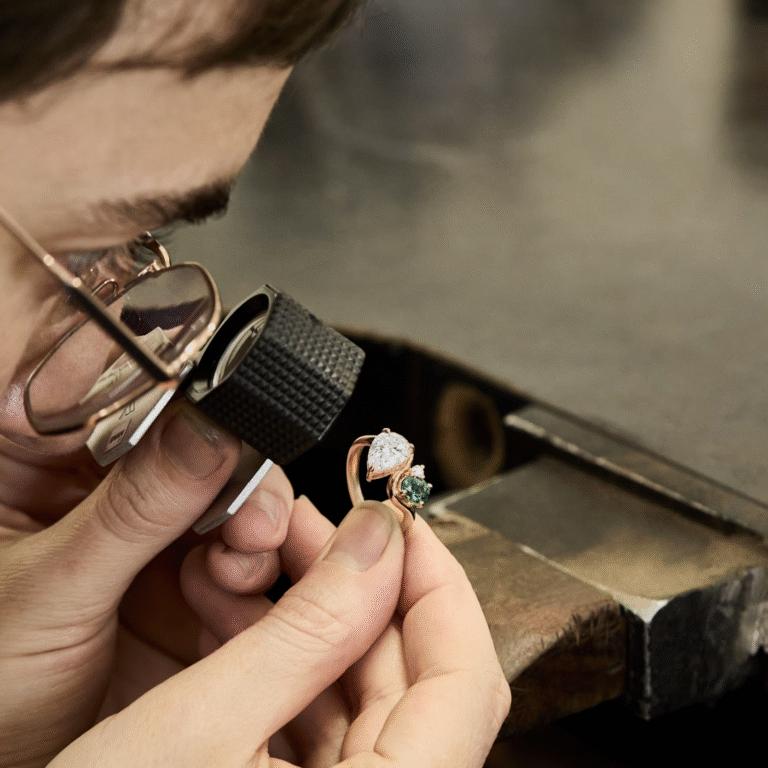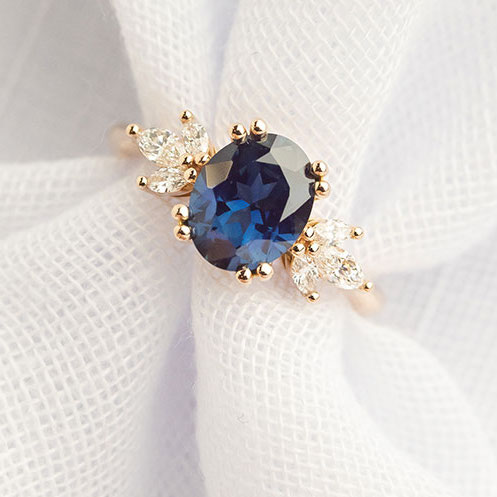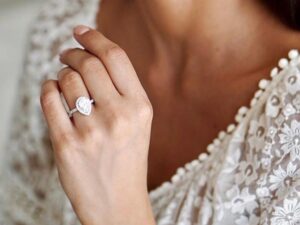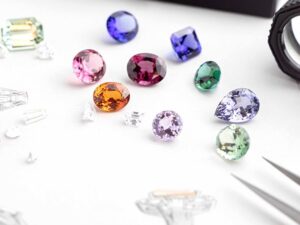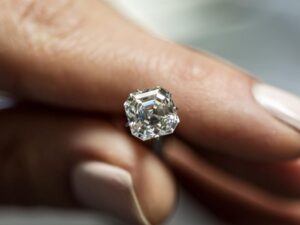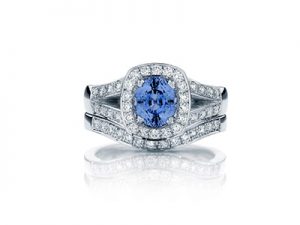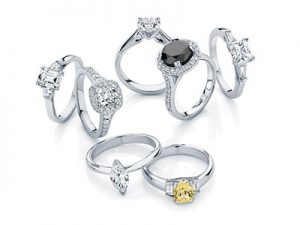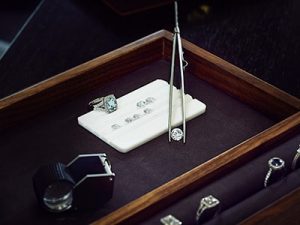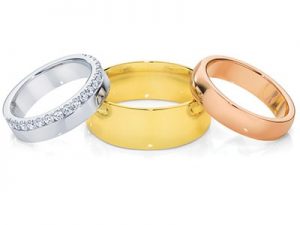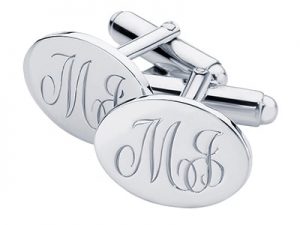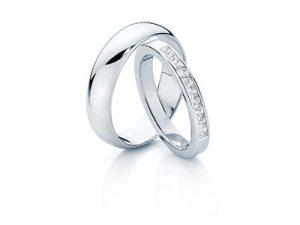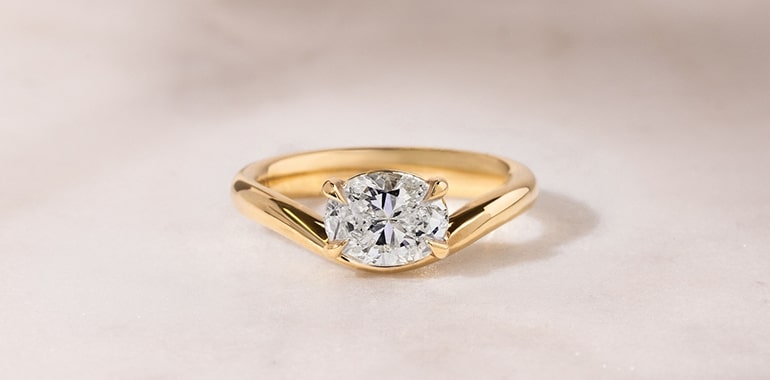Coloured Gemstone Jewellery
September 3, 2010 / Coloured Gemstones
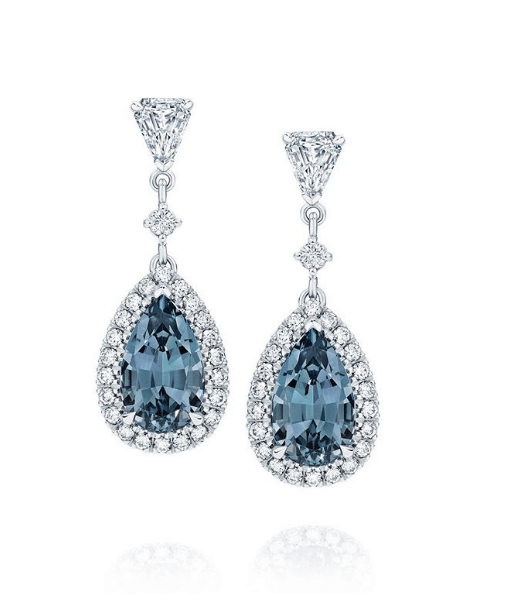
It is said the ancient Greeks believed that diamonds were the tears of God. But for those who want to add a touch of colour to their outfit there are other precious stones that can be just as spectacular. An exciting array of choice awaits those who would like to take a step away from the traditional and delve into the rich sea of coloured gemstones we have today.
For thousands of years, coloured gemstones have piqued the interest, desire and greed of kings, pirates, men and women all over the world.
Although diamonds have become a timeless icon for women and men everywhere, these days many coloured gemstones are used to create unique and eclectic jewellery. Emeralds, Sapphires and Rubies enjoy being the three most popular coloured gemstones in the world. But other stones such as Peridot, Amethyst, Citrine, Aquamarine, Garnet and many others can be just as striking.
As with diamonds, the majority of coloured gemstones are also graded and priced in a similar way – based on colour, clarity, cut and carat.
COLOUR
The colour of gemstones is usually the most important in determining its value and rarity. This is based on three criteria – Hue, Saturation and Tone.
Hue: The hue refers of the subtle shades of colour that combine to make up the overall colour of the stone. For example, a blue Sapphire might also be made up of shades of green or violet that adds to the richness of the overall shade.
Tone: The tone of a gemstone is described by how dark or light a colour appears when the stone is first glanced at.
Saturation: The saturation refers to how intense or strong the colour of the stone is. This combined with the tone of the stone helps to determine its market price.
CLARITY
The clarity of a stone refers to how many imperfections there are. This also helps to determine the value. The fewer the inclusions the higher the set value is of the stone.
CUT
How a stone is cut will also help determine its value. Factors such as depth, polish and symmetry all play a part in the overall finished look. Coloured stones are often treated to improve their appearance and this is also taken into consideration when appraising a stone.
CARAT
How much a gemstone weighs is measured in the total number of carats. One carat equals 200 milligrams. The larger the stone, together with the colour, cut and clarity will determine its market value.
The Ruby
The Ruby has long been known as the king of gemstones. Coming from the multi-coloured mineral corundum it is one of the hardest precious stones found on Earth. Ruby colours can range from pink to pigeon-blood red. The deeper the shade of the Ruby, the higher the price it yields. Interestingly, chrome is the element that gives a Ruby its red colour yet is also guilty of causing inclusions in the stone. Therefore Rubies with barely any inclusions and of that deep red colour are so rare that prices can top even that of diamonds!
The Sapphire
As blue as the deepest oceans and as romantic as the evening sky, not many people are aware that the Sapphire has the colour range of a rainbow. From dark blues to yellow, pink, orange, black and purple, this magnificent stone caters for any look you want to achieve. Click here to view a selection of Sapphire rings.
The Emerald
Nothing can beat the intensity of an Emerald shimmering in the light, its various shades of green second to none in the gemstone world. All Emeralds are formed with inclusions or bubbles, yet these are regarded as an indication of their genuineness rather than a flaw.
